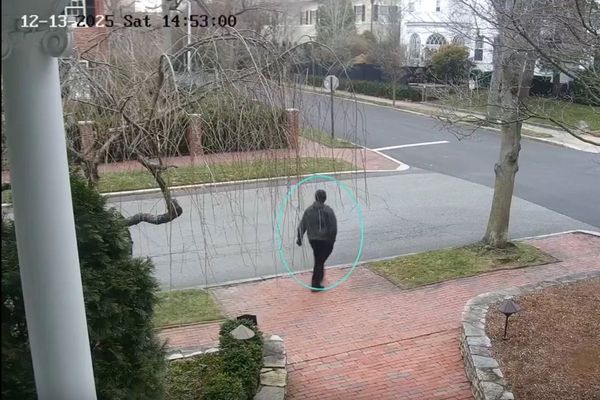
In addition to this, special groups of people will be able to view the gardens from March 28 to 31. The statement lists the following groups and their designated days to visit the gardens: farmers on March 28, differently abled persons on March 29, defense, paramilitary forces, and police personnel on March 30, and women, including tribal women's self-help groups, on March 31.
President Droupadi Murmu on Saturday renamed the six gardens of Rashtrapati Bhavan, including the well-known Mughal Gardens, to Amrit Udyan, in line with national celebrations for the Azadi ka Amrit Mahotsav to commemorate the 75th anniversary of India's independence.
The Mughal Gardens, now part of the Amrit Udyan, are one of the major draws for visitors to Rashtrapati Bhavan. Spread over 15 acres, these gardens were named after the Mughal Gardens in Srinagar.
According to a statement from Rashtrapati Bhavan, "Rashtrapati Bhavan is home to a diverse collection of gardens. Originally, these included the East Lawn, Central Lawn, Long Garden, and Circular Garden. During the terms of former Presidents Dr APJ Abdul Kalam and Ram Nath Kovind, additional gardens were developed, such as the Herbal-I, Herbal-II, Tactile Garden, Bonsai Garden, and Arogya Vanam. In celebration of 75 years of independence as 'Azadi ka Amrit Mahotsav,' the President of India has decided to give all of the Rashtrapati Bhavan gardens a common name of 'Amrit Udyan.'"
Three other national capital landmarks had their names changed previously by the government: Raj Path was renamed Kartavya Path, Race Course Road was renamed Lok Kalyan Marg, and Aurangzeb Road at the India Gate hexagon was given the name of the late president and Bharat Ratna APJ Abdul Kalam.







